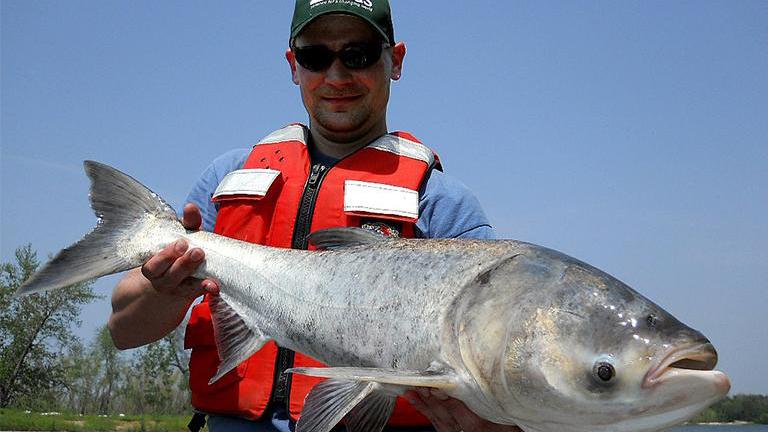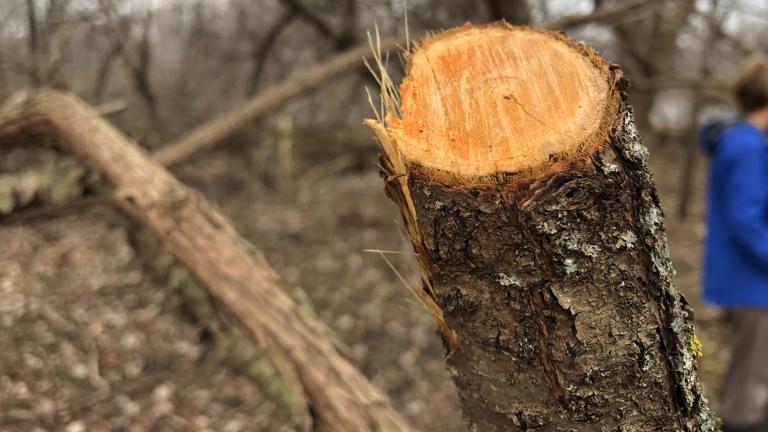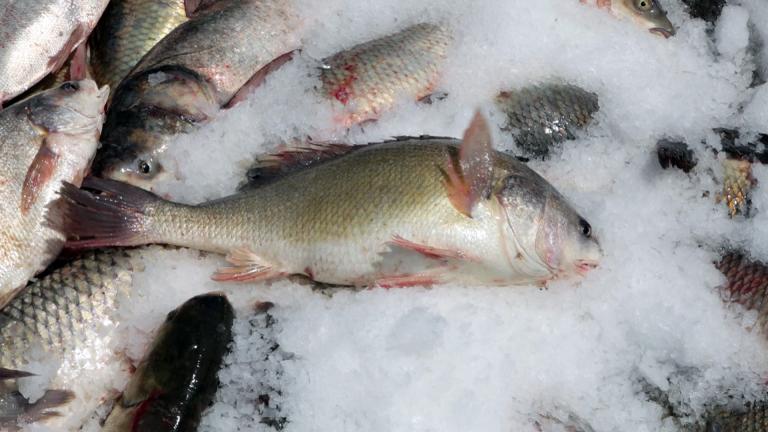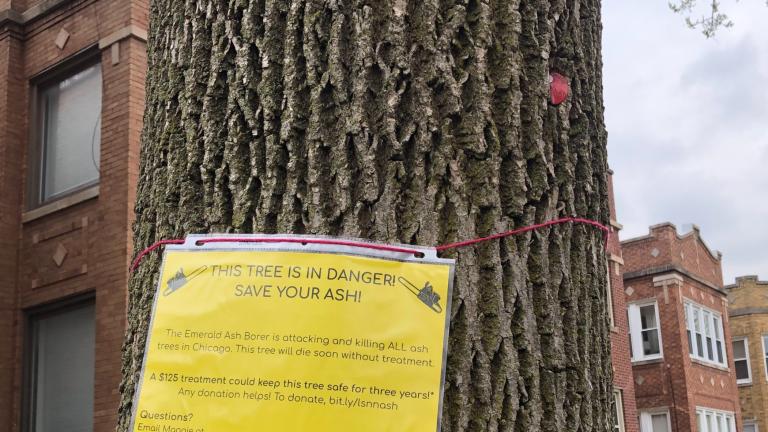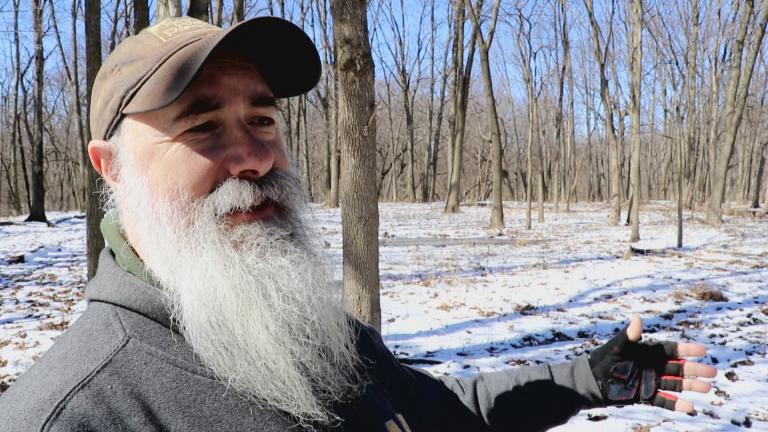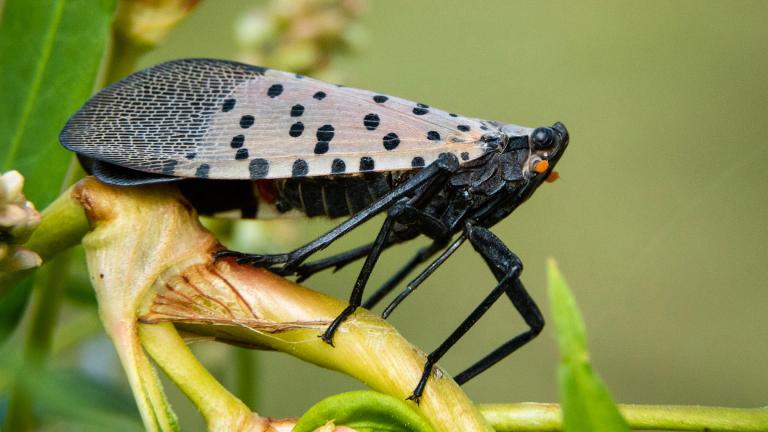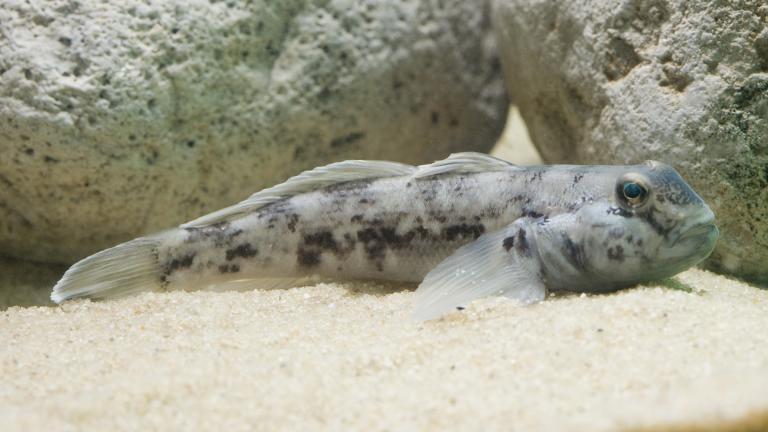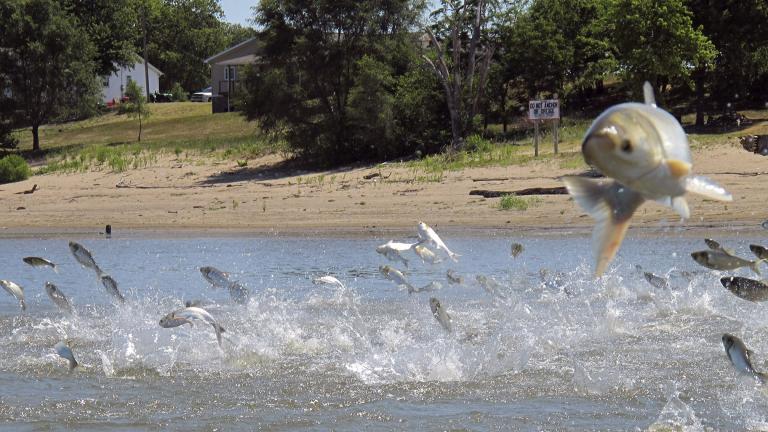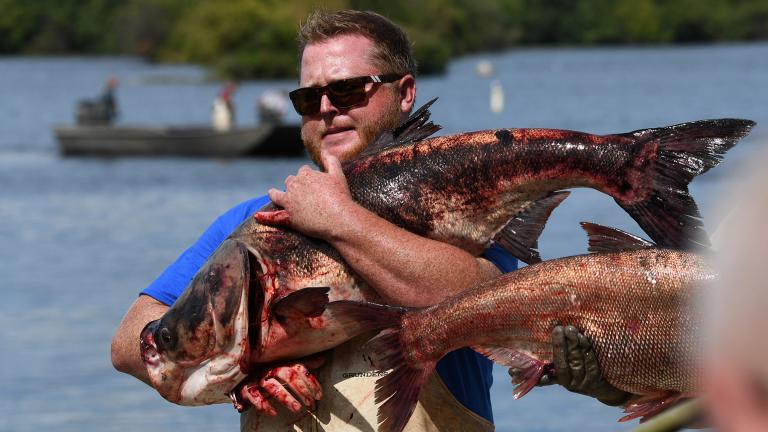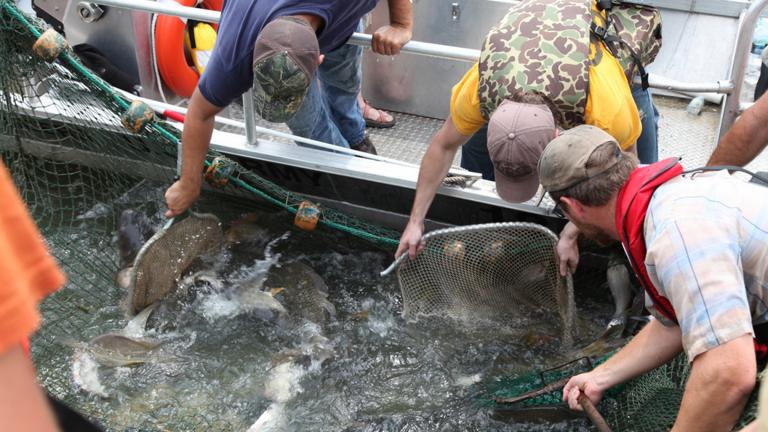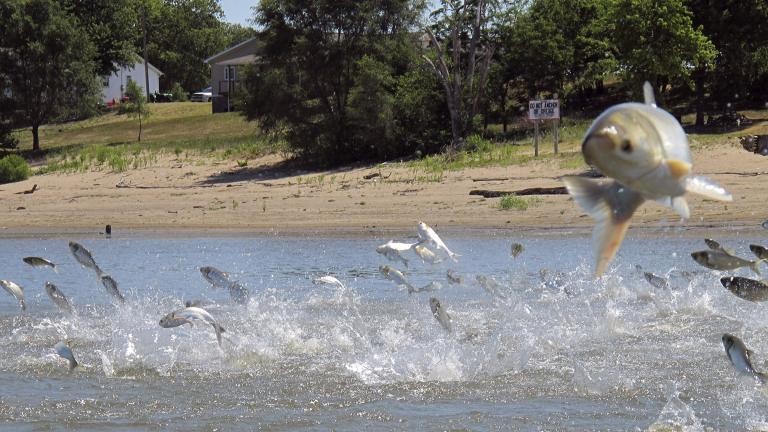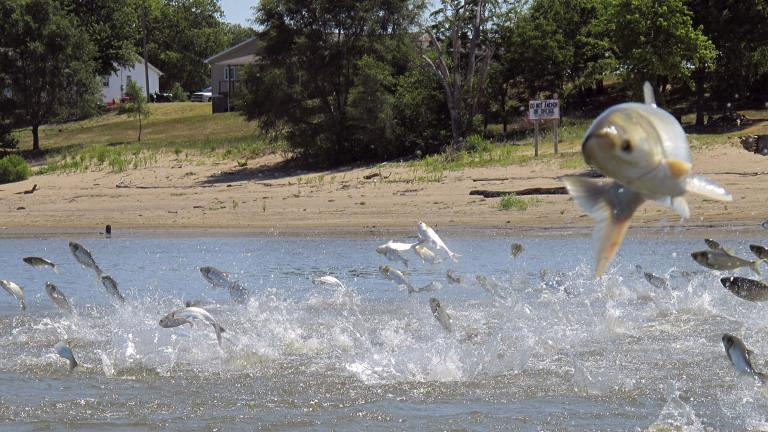The U.S. Army Corps of Engineers is flush with billions of dollars following passage of the bipartisan infrastructure bill. Some of those funds are being funneled toward critical projects in the Chicago region, the Corps announced Wednesday.
invasive species
It can be hard to tell one tree from another in winter, but there's a simple trick to identifying invasive buckthorn.
At the end of June, Illinoisans will no longer hear the words “Asian carp.” After several years and hundreds upon hundreds of millions spent trying to keep them from the Great Lakes, how can that possibly be? We explain.
Between 2010 and 2020, Chicago’s canopy cover decreased from 19% to 16%, largely due to the loss of mature ash trees, according to the 2020 tree census spearheaded by the Morton Arboretum.
Scientists in Washington state have discovered the first nest of so-called murder hornets in the United States and plan to wipe it out Saturday to protect native honeybees, officials said.
Efforts to increase demand for Asian carp as a food are aimed at buying time for development of a long-term solution to the threat posed by the invasive fish.
More than 200 species of birds have been identified at this small forest preserve, along with hundreds of other living things. We meet up with Jeff Skrentny and several dozen volunteers for a morning of pre-pandemic restoration work.
The world’s largest hornet, a 2-inch killer dubbed the “Murder Hornet” with an appetite for honey bees, has been found in Washington state, where entomologists were making plans to wipe it out.
The spotted lanternfly, oak wilt, gypsy moth and boxwood blight are among the latest threats in the plant world. And citizen scientists have a role to play when it comes to stopping the next plague.
The city has given up on its ash trees, but some Chicagoans refuse to let theirs die.
The Great Lakes are home to an estimated 180 invasive species. Freshwater biologist Scott Colburn, who recently joined a research team at the Shedd Aquarium, tells us about the latest efforts to protect Lake Michigan from invasive fish, mussels and more.
Sport fish have declined significantly in portions of the Upper Mississippi River infested with Asian carp, adding evidence to fears about the invader’s threat to native species, according to a new study.
If Asian carp invade the Great Lakes, experts say the fish would have a devastating effect on the marine food chain and the region’s $7 billion fishing industry. We get a look at efforts to keep them out of Illinois waterways.
Asian carp will certainly survive and most likely thrive if they are able to make their way into Lake Michigan, according to a study released Monday by the University of Michigan.
“Our study indicates that the carp can survive and grow in much larger areas of the lake than previous studies suggested,” said Peter Alsip, lead author of the paper.
Regional leaders are scheduled to meet in Chicago next month to discuss a plan devised by the U.S. Army Corps of Engineers for preventing invasive Asian carp from reaching Lake Michigan.

